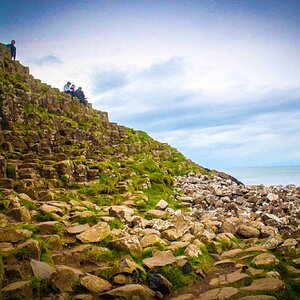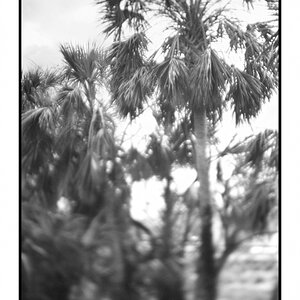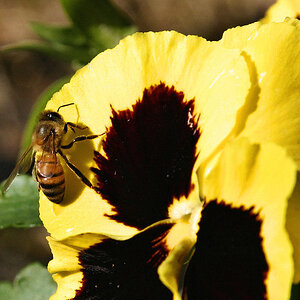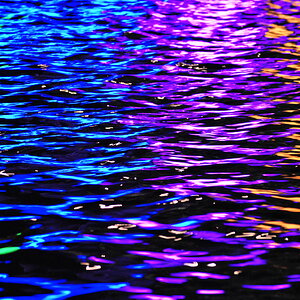Derrel
Mr. Rain Cloud
- Joined
- Jul 23, 2009
- Messages
- 48,225
- Reaction score
- 18,941
- Location
- USA
- Website
- www.pbase.com
- Can others edit my Photos
- Photos OK to edit
Wow, according to DXO the D5000 even trumps the more expensive D300s.
I smell something fishy.
I would say it's more a case of the D5000 produces insignificantly different quality results out of the camera than the D300s. This is one very small aspect of the camera though given the D5000 lacks many of the features like the awesome autofocus system.
I highly doubt this site would measure RAW performance of the sensor.
They measure the sensor based ONLY upon its RAW data. DxO Mark uses NO JPEG information in its evaluation. Note the pixel pitch difference between the D5000 and D300s--two different pixel pitches. the 7D has the smallest pixels of any d-slr on the market....smallest pixels of any d-slr ever made actually. I'm not sure there's another gunman on the grassy knoll, but we could ask Oliver Stone to see if he can find anything fishy.



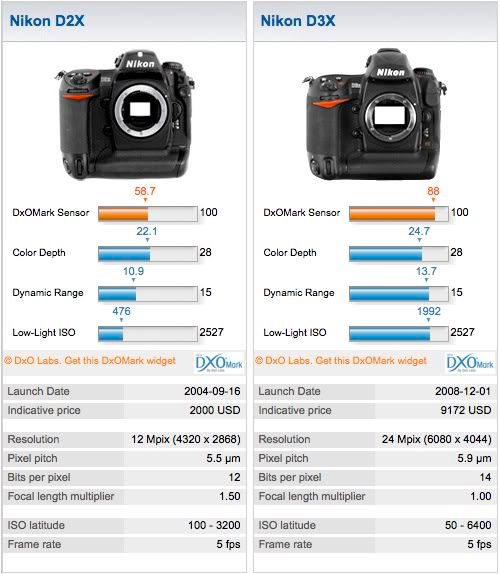
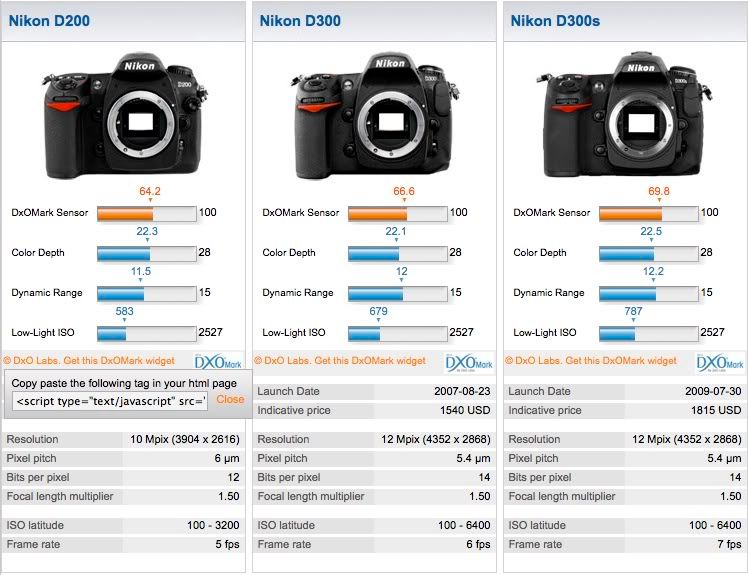


![[No title]](/data/xfmg/thumbnail/37/37121-fda7b1957cb0d0be7bab1ddd3ec87847.jpg?1619737883)


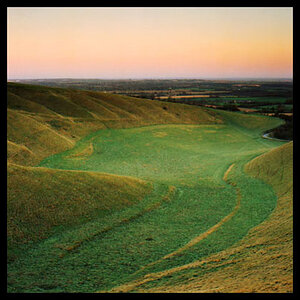
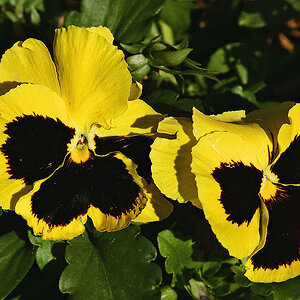
![[No title]](/data/xfmg/thumbnail/34/34346-f7996f51f0624620cfd54a488abeacf9.jpg?1619736382)
